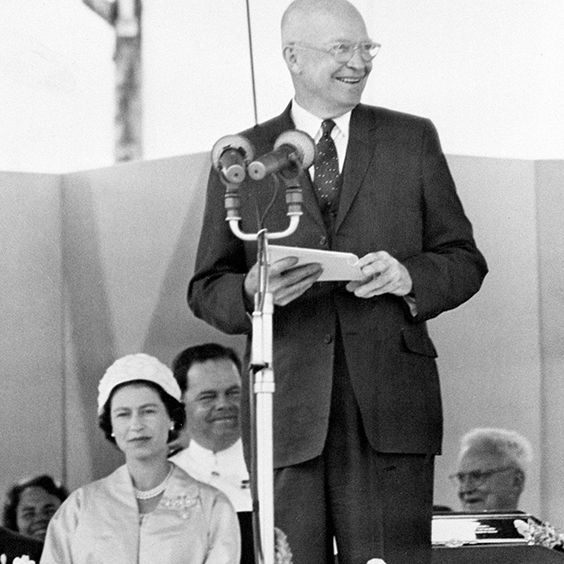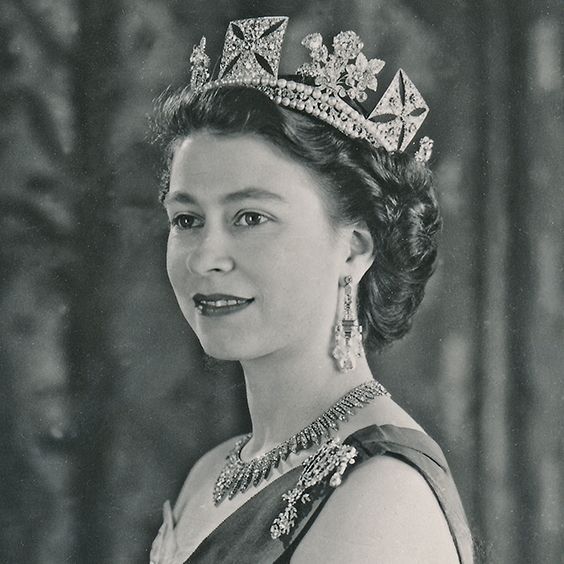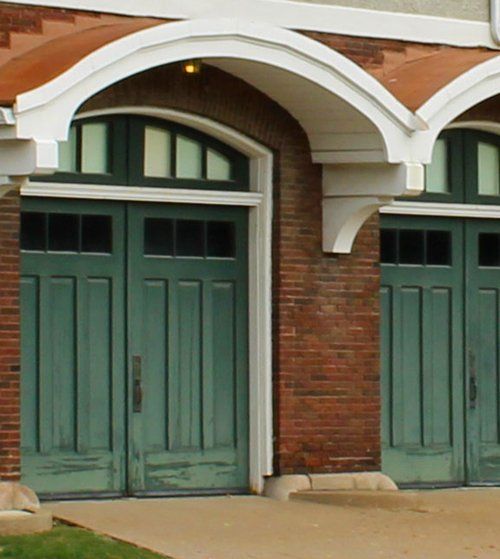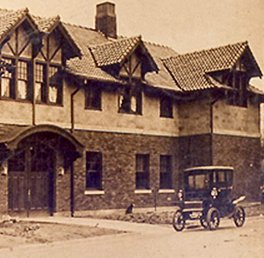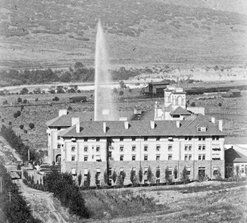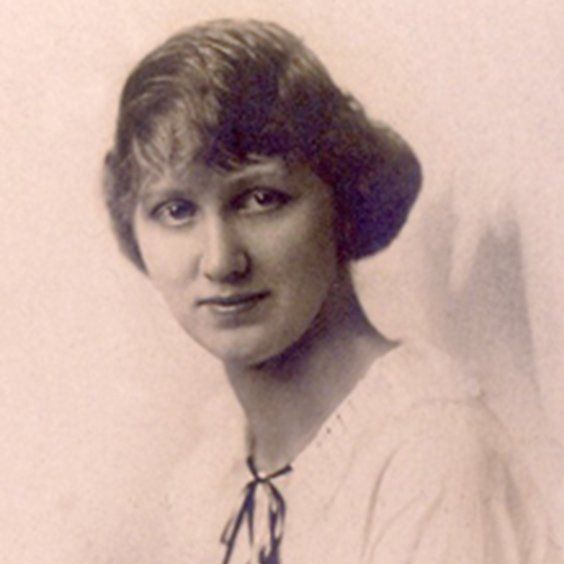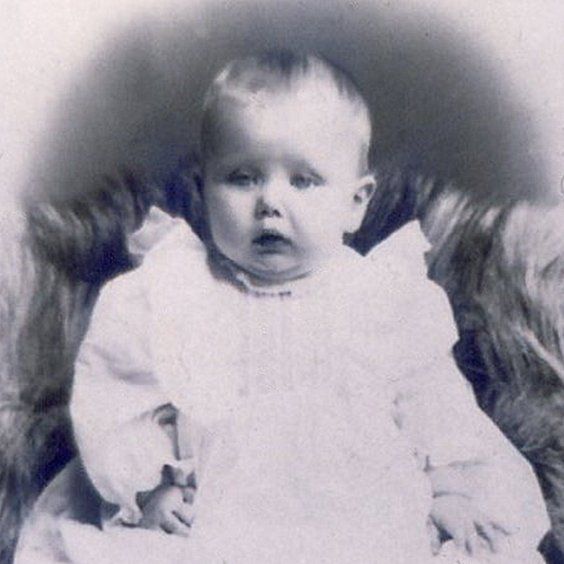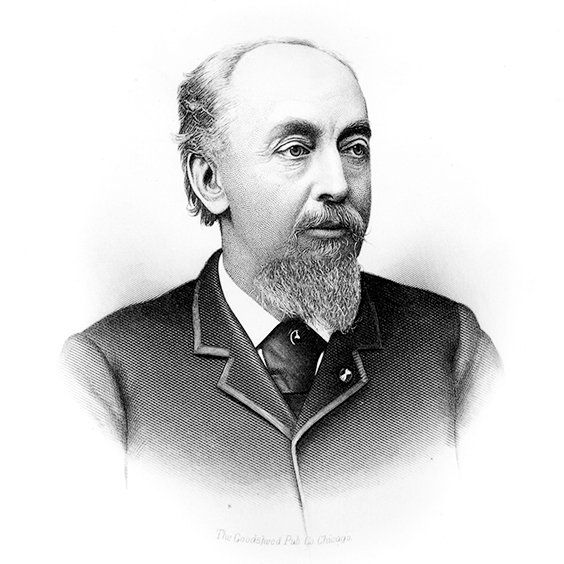Mollie and John Capris
- By Gretchen Frick Small
- •
- 22 Feb, 2021
- •
February 22, 2021
Mollie and John Capris were valued staff members of the Charles Deere household in the 1860s to the early 1880s.
“Old John Deere brought a family here named Capus. He built a house for them near his home. They joined the First Methodist Church.” Moline Daily Dispatch, June 19, 1948
The spelling of the surname is different. Several sources have been found that spell the name in a variety of ways, Capus, Capens and Capris. John’s obituary and tombstone spell his name as Capris, so we are sticking with Capris. Whether or not John Deere brought the Capris family to Moline is also not known for sure. The City Directory of 1866 lists John Capris as residing at Ann nw cor Atkinson (translates to 6th Avenue at the northwest corner of 18th Street). This address is near where John Deere’s home was at the time. Also, John Deere was an abolitionist, so sponsoring a family does make sense. We also know that John Capris’ obituary shows that from c1864 until his death in 1882, he worked twelve of those eighteen years for Charles H. Deere as a coachman. Sadly, a photograph of John has not been found.
I know that you are wanting to know about John’s tragic death, but before we reach 1882, we need to go back and learn about Mollie.
circa 1867-68. Katherine, the youngest daughter of Charles and Mary Deere, was born in 1866.
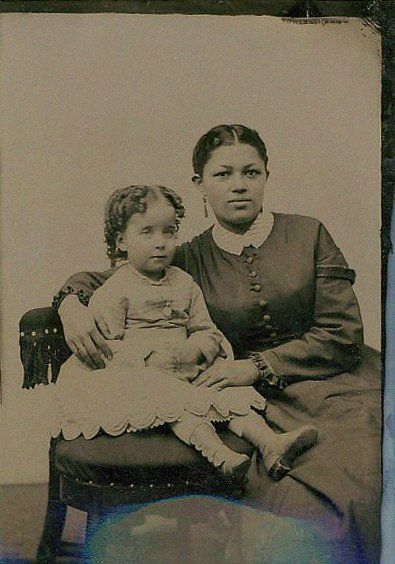
In checking the 1868-69 City Directory for Mollie Brown, I found an Alexander Brown living at ws Spencer nr Park (translates to the West side of 13th Street near 7th Avenue). Maybe this was Mollie’s father. Mollie is not listed in any city directory except once as a widow. So, the only proof we have that she worked for Charles Deere is a photograph and her husband’s obituary. This is not unusual to see no listing for a woman in this time period. In later years you sometimes will see a wife’s name listed within the husband’s listing or as a widow. We do know from the 1882 newspaper articles that Mollie is listed as a domestic in one article and a cook in another article. The photograph shows us that initially she was a nurse or nursemaid to Katherine Deere and possibly her older sister Anna, in the 1860s.
Mollie and John were married December 9, 1869, and never had children. At the time of their marriage, John is listed in the 1868-69 City Directory as being a coachman for the Deere family and boarding at the Anne & Atkinson address. It appears that Mollie continued to work for the Deere family after her marriage, as did John. By 1878, Mollie and John resided at High, 2 e Deere (902 11th Avenue). This house no longer exists but was just a block from Charles Deere’s residence.
And now we sadly come to May 22, 1882
I realize this article is quite graphic and shows how dangerous many early factory jobs were. What the article also shows is how highly thought of John and Mollie were. Mary Deere and her father G.D. Dickinson rushed to the Capris home to be with Mollie. Also, on hand at the Capris home was S. Wheelock (President of the Moline Paper Company and Mayor of Moline), Stephen Velie (brother-in-law of Charles Deere), and Mr. & Mrs. Atkinson (prominent Moline couple). If this was Charles Atkinson, they lived just across the street from Charles and Mary Deere. In addition, Atkinson was the uncle of Mary Deere.

John’s funeral took place on May 24th. As you can see from the newspaper announcement, the mourners were numerous with all the paper mill employees attending.

After the loss of her husband, what happened to Mollie? I assume that she continued working for the Deere family. In the 1885 City Directory a Mrs. Mary Capis (wid.) resided at 902 11th Avenue. Another misspelling, but I am sure this was Mollie Capris. Records also show that Mollie purchased two burial plots in Riverside Cemetery at the time of John’s death. Presumably one for John and one for herself. Cemetery records show that Mollie purchased the plot for $16.70 and then added a stone. Records also show that Mollie is not buried with John. Instead a Daniel J. Jones is buried by John. Further digging on Daniel Jones turns up that he worked for the Moline Paper Company. His death in March of 1891 led to the newspaper article below.
Daniel J. Jones, a colored teamster died Monday at his home, 902 11th Avenue. The funeral was Wednesday at the A.M.E. Church. For a number of years, he lived in Chicago but he and his wife returned to Moline a few months ago. He was married on 19 January 1888 in Chicago to Mrs. Mollie Capens, widow of the man who was killed in an accident at the Moline paper mill. Moline Review Dispatch, March 1891
Once again, poor Mollie’s name is misspelled, but this must be Mollie Capris. Sometime between 1882 – 1890 she was in Chicago and married Daniel Jones in 1888. She had kept the home she and John Capris had owned during this time period and returned in 1890. Sadly, Mollie had lost two husbands within nine years. And this is where the story of Mollie ends. No trace of her is found after this. Maybe she remarried, but without her married name we cannot find out what happened to her. I like to think she married again and found happiness.
Daniel J. Jones, a colored teamster died Monday at his home, 902 11th Avenue. The funeral was Wednesday at the A.M.E. Church. For a number of years, he lived in Chicago but he and his wife returned to Moline a few months ago. He was married on 19 January 1888 in Chicago to Mrs. Mollie Capens, widow of the man who was killed in an accident at the Moline paper mill. Moline Review Dispatch, March 1891
Once again, poor Mollie’s name is misspelled, but this must be Mollie Capris. Sometime between 1882 – 1890 she was in Chicago and married Daniel Jones in 1888. She had kept the home she and John Capris had owned during this time period and returned in 1890. Sadly, Mollie had lost two husbands within nine years. And this is where the story of Mollie ends. No trace of her is found after this. Maybe she remarried, but without her married name we cannot find out what happened to her. I like to think she married again and found happiness.
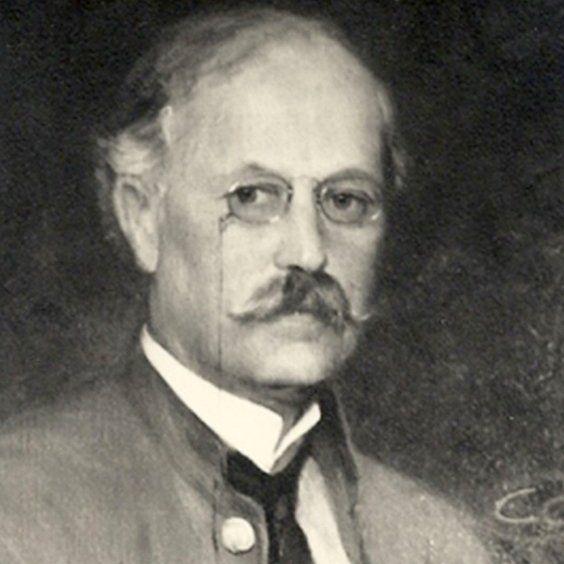
If you have not watched any of our YouTube videos at our channel Deere Family Homes, we encourage you to check out the April 2022 video. The video features the story of one painting hanging in the Deere-Wiman House. The painting’s artist is Alexander Harmer.
We are lucky to have four paintings in our collection that were created by Harmer. It made sense for us to learn more about Harmer and see if we could determine why we have so many paintings from one artist. I love all four pieces and wanted to know more about the artist and determine if there was a connection to the family. Three of the paintings hang in the Deere-Wiman House and one at Butterworth Center. So, it was not just one family member that took an interest in his work.
Did any of the family know Alexander Harmer? We wish we knew. It is possible since Harmer’s life in Santa Barbara does overlap with the Butterworth and Wiman families. Or maybe the family did not know Harmer but was drawn to his art and purchased pieces through art dealers.
Alexander Francis Harmer was born in 1856, in Newark, New Jersey. One source I read said that he sold his first work at the age of 11 for $2. Then at the age of 16, he lied about his age and joined the United States Army. He was stationed in California, which I think is the time period his artistic interests changed. He turned towards painting and illustrating the Apache Nation. The year would have been 1872, and the US Army would have had a large presence in the West with the enforcement of federal Indian policy (which consisted of allotment of land and assimilation.)
After just one year, Harmer asked for a discharge and left the military. He worked as a photographer’s assistant until he was able to enroll in art school. He studied art under Thomas Eakins and Thomas Anshutz at the Pennsylvania Academy of Fine Art. In 1881, he re-enlisted in the Army and headed to his assignment at Fort Apache, Arizona. Harmer probably saw the Army as a cheap way of traveling West to continue his interest in the American West and the Apache Indians. During this enlistment, he was able to serve in an Army division assigned to pursue Geronimo. His studies of Indian life created an invaluable record. Harmer then returned to the academy in Pennsylvania where he turned his sketches of the Apache Nation into illustrations for Harper’s Weekly.
Alexander Harmer died on January 10, 1925, supposedly while admiring the sunset from his backyard. This was just six months before the Santa Barbara earthquake, which left the Harmers' adobes in ruins.
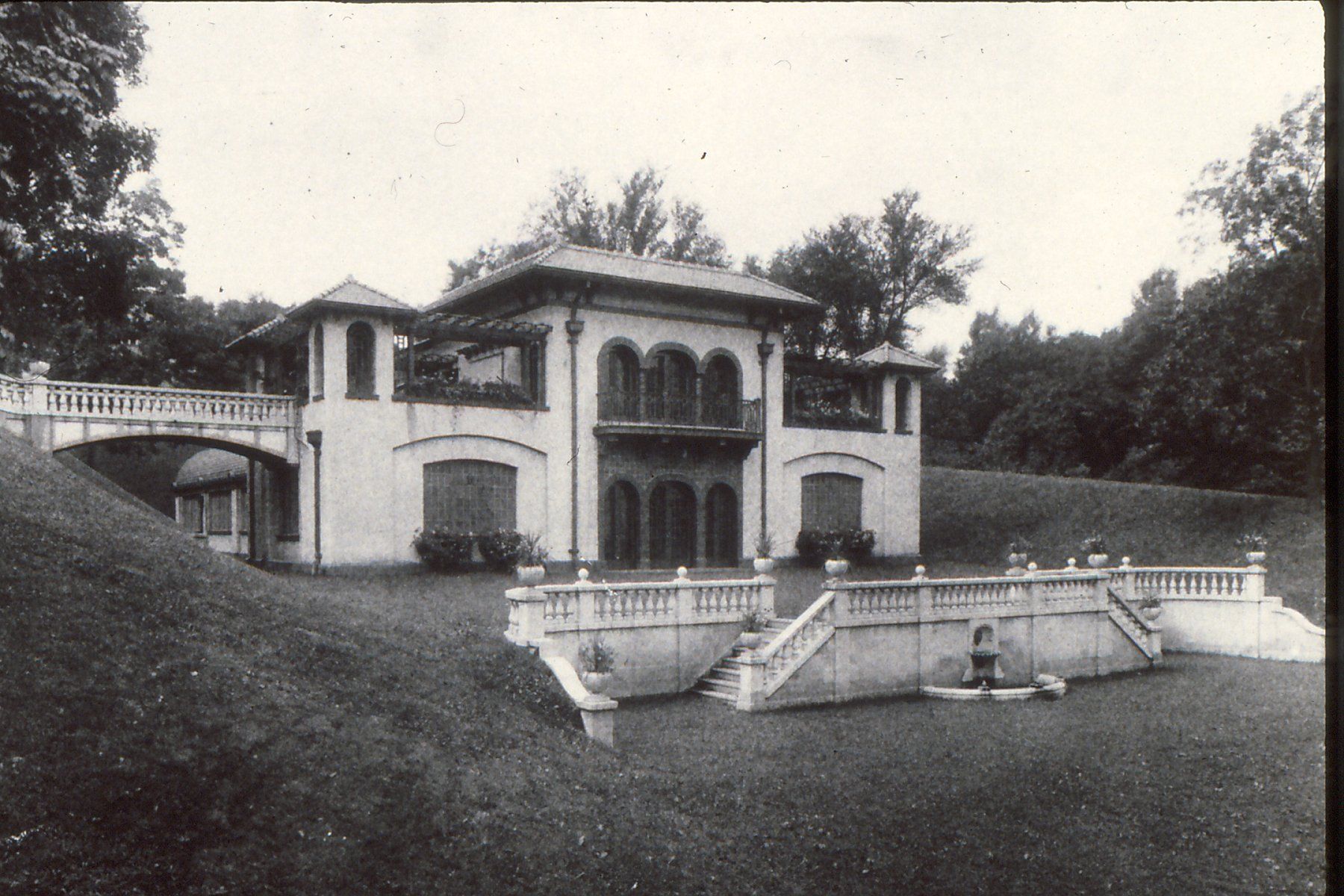
Click here to view a new video on our YouTube Channel featuring the Swimming Pool built in 1917 on the Deere-Wiman House grounds. https://youtu.be/NgV6XUEkrLs
